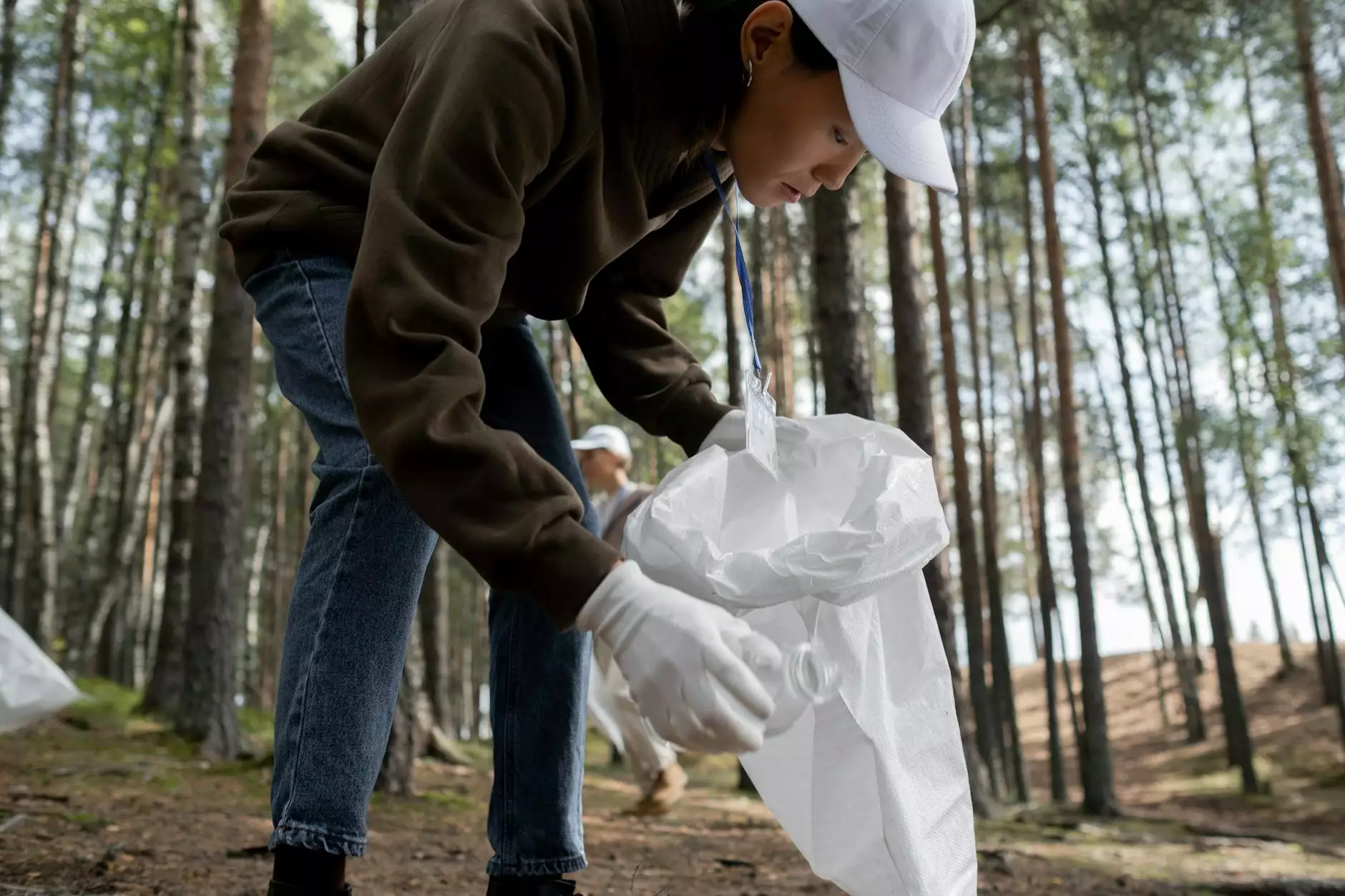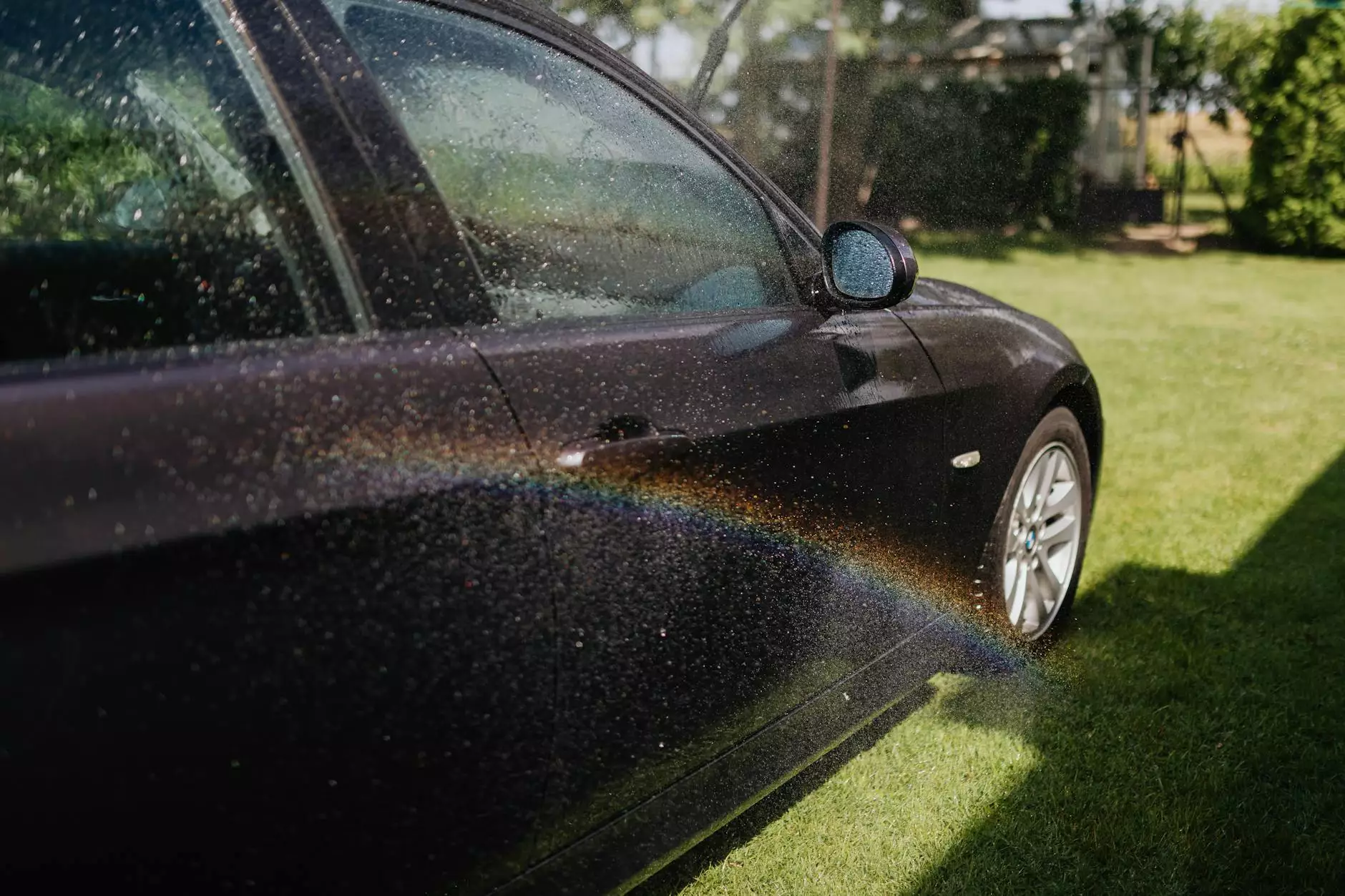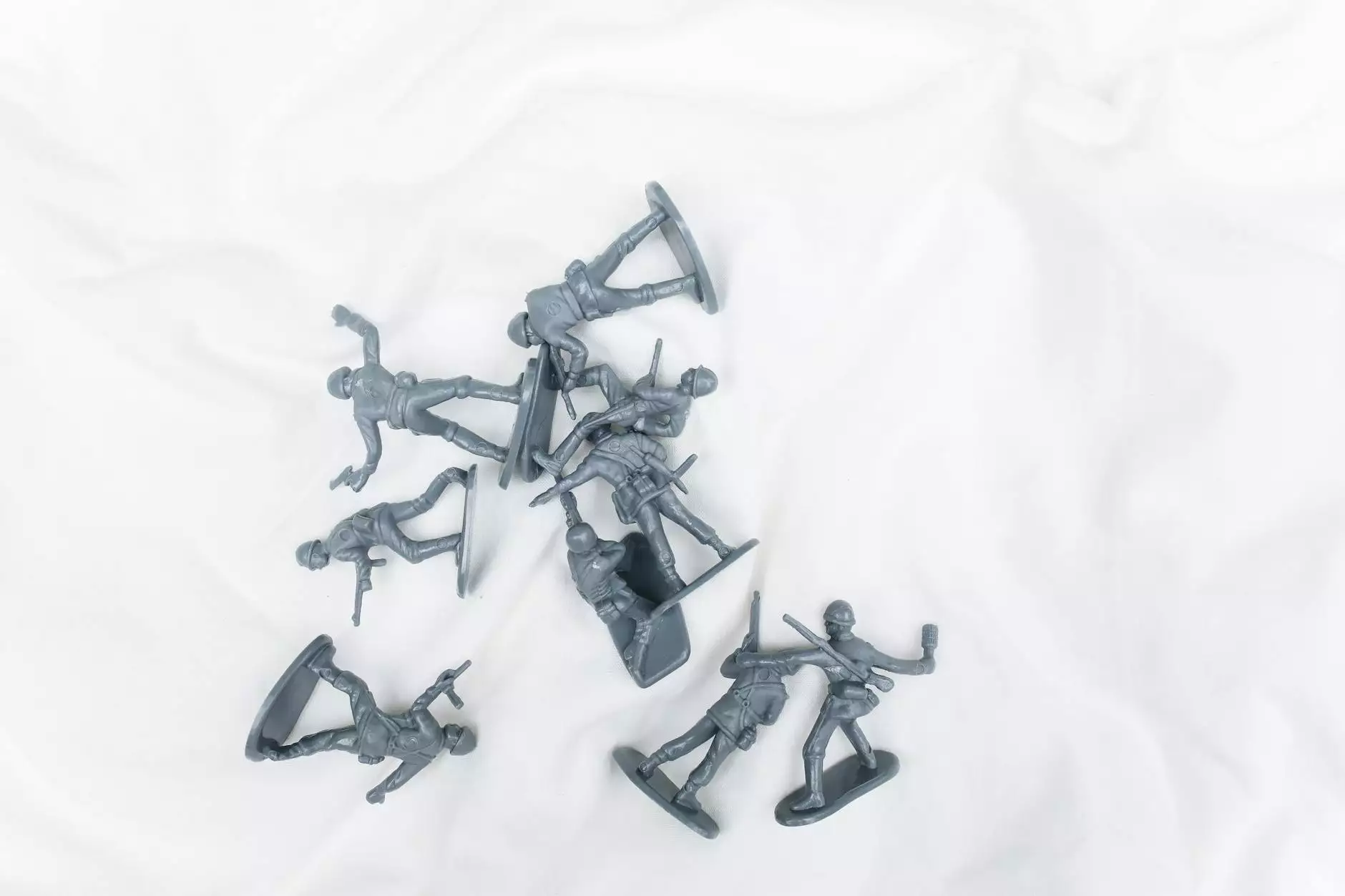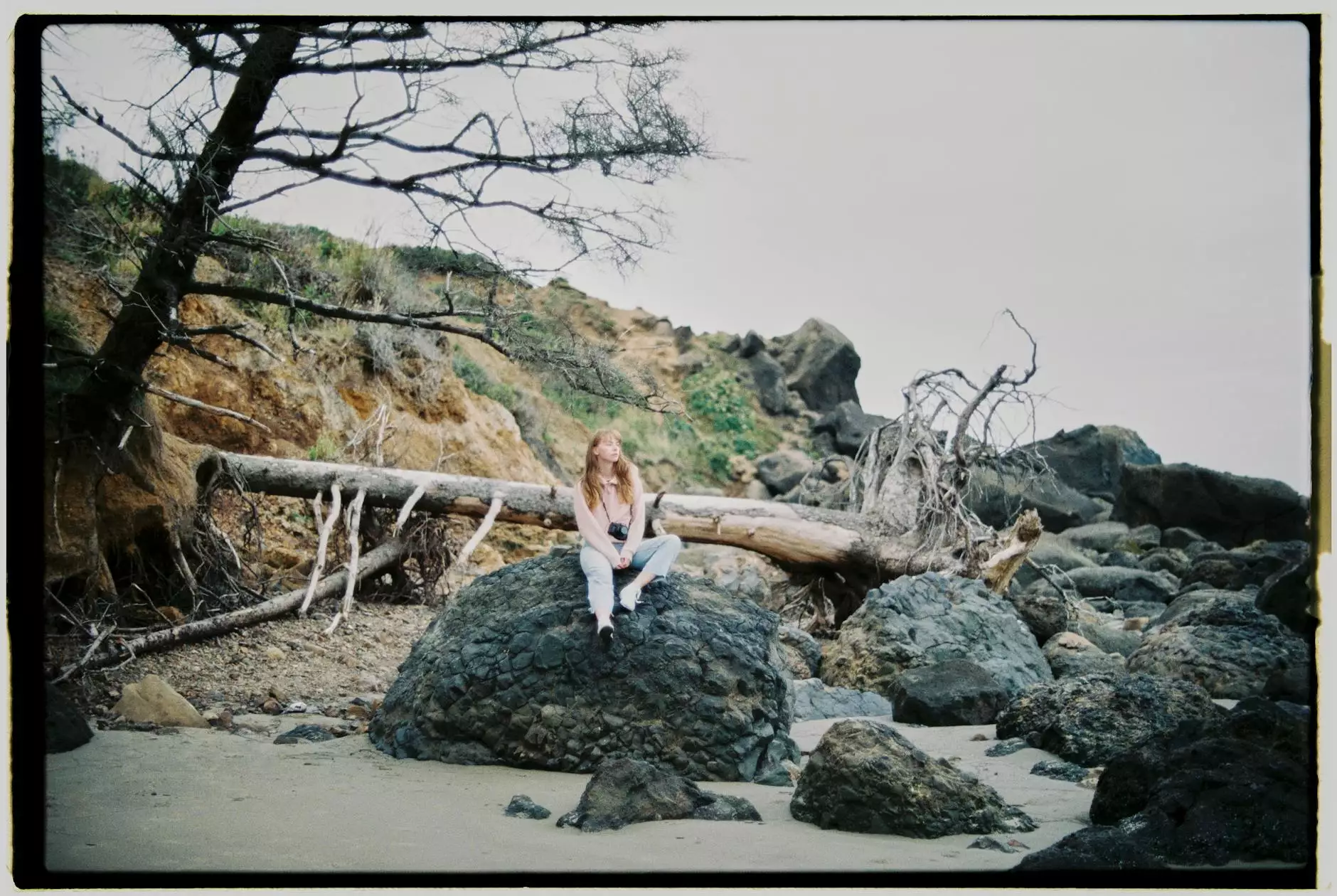Lead Dust Wipe Sampling in New York: A Crucial Component of Biohazard Cleanup

In the bustling environment of New York City, ensuring the safety and health conditions of residential and commercial properties is paramount. One critical aspect of maintaining such safe environments is the practice of lead dust wipe sampling. This article explores the importance, methods, regulations, and best practices surrounding lead dust wipe sampling in New York, particularly within the realm of biohazard cleanup.
Understanding Lead Exposure and Its Risks
Lead exposure poses serious health risks, especially to young children and pregnant women. It can result in developmental delays, learning difficulties, and hearing loss in children. Understanding these risks is essential for promoting health and safety.
- Health Effects of Lead Exposure:
- Neurological impairment
- Behavioral problems
- Reduced IQ
- Increased risk of attention problems
- Kidney damage in adults
The Importance of Lead Dust Wipe Sampling
Lead dust wipe sampling is an essential methodology used to assess the presence of lead particles in homes and workplaces, particularly in areas where lead-based paints were used or where lead dust may accumulate. This is particularly relevant for properties built before 1978, when the use of lead-based paint for residential properties was banned in the United States.
Key Reasons for Lead Dust Wipe Sampling
- Health Protection: Regular sampling helps to identify lead dust presence and mitigate exposure risks.
- Compliance with Regulations: Many states, including New York, have strict regulations that require property owners to conduct lead assessments.
- Part of Biohazard Cleanup: In the context of biohazard cleanup, identifying and managing lead contamination is crucial for safe environments.
- Property Value: Proving that your property is lead-free can enhance its marketability and value.
How Lead Dust Wipe Sampling Works
The process of lead dust wipe sampling is relatively straightforward but requires careful execution to ensure accurate results. Here’s how it typically works:
1. Selection of Sampling Sites
Professionals will identify locations within a property that are most likely to harbor lead dust. Common areas include:
- Windowsills
- Floor areas, especially near entrances
- Any surfaces where children may frequently play or where lead dust might settle
2. Collection of Samples
Using specialized wipes and procedures, technicians will collect samples from identified areas. It’s vital that these samples are collected without contamination and are representative of the broader environment.
3. Laboratory Analysis
Once samples are collected, they are sent to an accredited laboratory for analysis. The laboratory will test for lead content and report back the findings, typically measured in micrograms per square foot.
Regulatory Framework Governing Lead Dust Wipe Sampling
In New York, various regulations dictate how lead dust wipe sampling should be conducted:
1. State and Federal Regulations
Both EPA (Environmental Protection Agency) and state-level regulations establish requirements for lead inspections and assessments. Properties built before 1978 require compliance with these standards, including:
- Lead Paint Disclosure Requirements
- Lead Hazard Reduction Law
2. Accreditation of Professionals
Only certified professionals or companies, such as ESS NYC, are authorized to conduct lead dust wipe sampling. This ensures that proper protocols are followed and that the results are admissible for regulatory purposes.
Best Practices for Lead Dust Wipe Sampling
To ensure the valid assessment of lead dust levels, several best practices should be adhered to:
1. Engage Certified Professionals
Always engage certified lead risk assessors for sampling and analysis to ensure compliance and accuracy.
2. Follow Protocols Rigorously
Use appropriate collection techniques and maintain a clean sampling environment to avoid cross-contamination.
3. Schedule Regular Sampling
Consider conducting lead dust wipe sampling annually or after any renovations or repairs that may disturb lead-based materials.
Interpreting Lead Dust Wipe Sampling Results
After receiving laboratory results, interpreting them accurately is crucial:
- Safe Levels: Generally, levels below 10 µg/ft² are considered safe.
- Action Levels: Levels at or above 10 µg/ft² often require remediation actions.
Remediation Options Following Mitigation
In cases where lead dust levels exceed safe thresholds, appropriate remediation strategies must be implemented. These may include:
1. Professional Cleaning
Professionals can safely clean areas with lead dust to reduce contamination.
2. Enclosure or Removal
In cases of lead-based paints, either encapsulation or complete removal may be necessary.
3. Ongoing Monitoring
After remediation, ongoing monitoring and additional sampling should be conducted to ensure compliance and safety.
Conclusion: Ensuring Safety through Lead Dust Wipe Sampling
In summary, lead dust wipe sampling in New York is an essential practice for safeguarding public health and ensuring compliance with regulations. By understanding the risks, following established protocols, and engaging certified professionals, property owners can effectively manage lead exposure and maintain safe environments. Whether you are a homeowner, landlord, or property manager, prioritizing lead dust wipe sampling can significantly contribute to health and safety standards.
For top-notch biohazard cleanup services, including lead dust wipe sampling, contact ESS NYC. Our certified professionals are dedicated to ensuring that your property is clean, safe, and compliant with all applicable regulations.
lead dust wipe sampling new york








